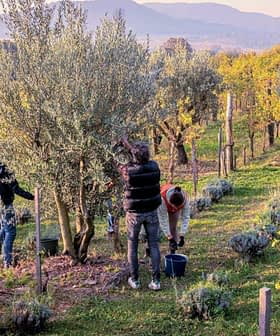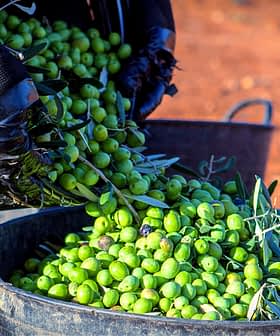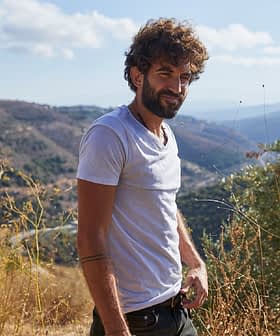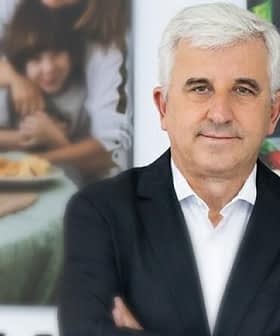Historic Blizzard Threatens Olive Groves in Spain
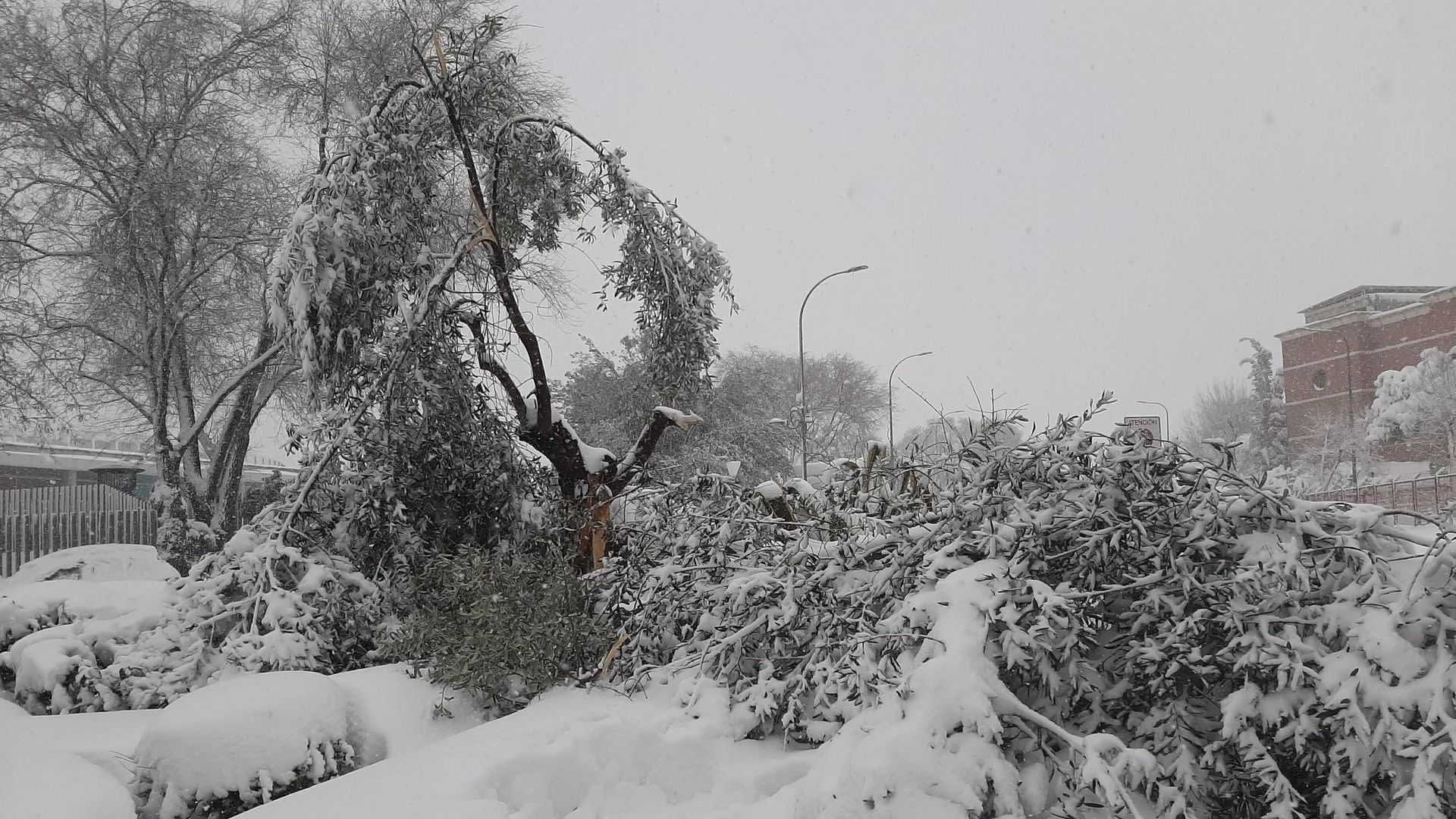
Central and northern Spain experienced its largest blizzard in 50 years, with up to 50 centimeters of snow falling and four deaths reported. The storm may have caused significant damage to the olive groves in Castile-La Mancha and Catalonia, with concerns about the impact on olive trees and potential problems for the 2021 harvest.
Large swaths of central and northern Spain were blanketed in up to 50 centimeters of snow over the weekend as the country experienced its largest blizzard of the past half-century.
Four people have been killed by Storm Filomena, which battered the Iberian Peninsula Friday and Saturday, bringing temperatures as low as –8 ºC. Among the areas hardest hit by the storm were the Community of Madrid, Castile-La Mancha and Catalonia.
The problem is serious when, after the snowfall, the temperatures drop and the snow freezes on the tree. In that case disaster is guaranteed.
Castile-La Mancha is the second largest olive oil-producing region in Spain after Andalusia. Together with Catalonia, the two autonomous communities produced an estimated 197,000 tons of olive oil in the 2020/21 crop year or roughly 12 percent of the country’s total output.
See Also:How Cold Temperatures Can Help Olive ProductionWhile it is still too early to determine the extent of the damage caused to the area’s olive groves by the storm – roads are still being cleared and some areas remain without power – there are some early indications that the region’s olive trees may sustain significant damage.
“Olive trees are not plants adapted to extreme cold temperatures or simply sub-zero ones for long periods of time,” said David Marcos, of Viveros Sophie, a nursery specializing in the sale of olive trees.
“The damage that can be caused is different depending on the age of the tree, time of year, cold level and period of time,” he told Olive Oil Times.
The two main threats to olive trees from a blizzard, Marcos said, are the weight of the snow on the tree limbs and the damage caused by the freezing temperatures.
Having originated in the Middle East and later spread across the rest of the Mediterranean basin, olive trees did not evolve with natural coping mechanisms against snow and sustained freezing temperatures.
Their wide-bladed leaves are not effective at dropping snow and, in spite of the trees’ relative flexibility, heavy snowfall can cause branches to break. These breakages, in turn, leave trees vulnerable to infections and pests.
However, the snow alone is not usually responsible for the most damage. Instead, it is the cold that has the largest impact on the trees’ health and the quality of the fruits.
“The snow itself does not freeze and even has a mitigating effect against the cold, in addition to letting light through. The plants could live under the snow at first,” Marcos said. “The problem is serious when, after the snowfall, the temperatures drop and the snow freezes on the tree. In that case disaster is guaranteed.”
According to Aemet, Spain’s state-run meteorological agency, temperatures are expected to hover around freezing throughout the week, with lows below 0 ºC through Saturday (the furthest date for which data are available).
Aemet has also issued several severe weather warnings for central and northern Spain, with temperatures as low as –14 ºC and –10 ºC expected in parts of Castile-La Mancha on Tuesday and Wednesday, respectively.
While the snow generally causes visible damage to the trees, Marcos said that the potential for the root system to be damaged by the cold is even more concerning.
“Another problem is freezing the roots,” Marcos said. “Young olive trees are the ones which will be affected by this.”
“Although the damage does not appear serious in the crowns, if it has damaged roots by freezing, it will be observed in spring,” he added. “When the trees begin to sprout and grow, some can die suddenly, with a characteristic appearance – wood with reddish to dark colors, and loss of herbage.”
According to Italian agronomist Angelo Bo, damage to roots is quite rare and requires extremely cold temperatures for a sustained period of time. Based on the Aemet forecast, this scenario remains possible, but seems unlikely.
See Also:Italy Approves Aid for Mills Hit by 2018 Snow StormHowever, Marcos warned that the bulk of the damage would be done to trees heavy with olives, although many producers have already concluded their harvests. He said that the presence of the olives on the trees makes them more susceptible to damage from the cold and increases the risk of branch breakages.
“But the added problem is that olives being harvested later will be damaged by cold, the oils that are extracted will have a high level of peroxides that as free radicals will cause a rapid degradation of the product that can even begin in the fruit before it is transformed into oil,” he said. “These oils will never be edible due to a serious oxidation defect and a typical wood flavor.”
While the extent of the damage remains to be seen and depends heavily upon the temperatures of the next few days, Marcos said there is some precedence for what may be coming next for olive growers.
“We have antecedents of this type of weather from February 1956, a month of below-zero temperatures, with frozen snow on the tops of the olive trees,” he said. “That forced many olive trees to be cut to the base to sprout again and rebuild their branches and leaves over the years.”
“This happened to a large part of the olive groves in central Spain and large areas stopped producing olives,” he added.
Producers concerned about the impacts of the snowstorm on the 2021 olive harvest can also look east to Italy for clues as to what may be in store.
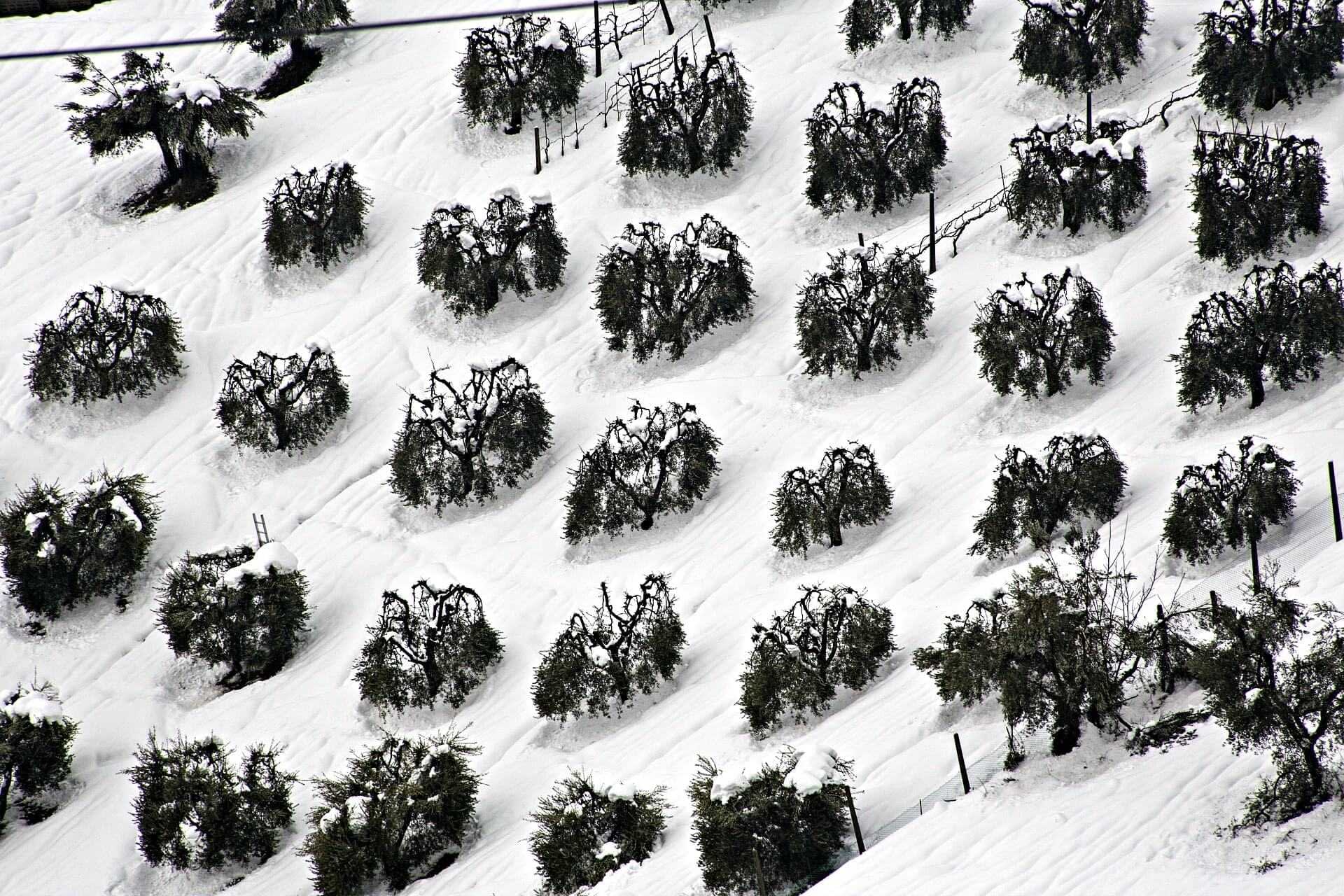
Snow covers olive groves in Italy in the aftermath of the Burian snowstorm. Photo: Giuseppe Palestini
After the Burian snowstorm brought freezing temperatures and blanketed most of the peninsula with snow in March 2018, producers across the country reported significant declines in olive yields. Trees located on exposed hillsides that bore the brunt of the freezing winds were impacted the most.
Along with damaging the olives, the freezing and thawing of water within the trees also led to necrosis – the premature death of cells in living tissue – with some of the symptoms of the condition showing up immediately while others manifested themselves later in the season.
Damage caused to branches also led to some infections in the affected olive trees in the aftermath of the storm.
“Burian had some indirect effects in terms of pests,” Bo, the Italian agronomist, told Olive Oil Times. “In fact, in the months following the cold wave, the wounds on branches affected by the cold were in several cases an access point for olive knot (Pseudomonas savastanoi) and even for the gall midge (Resseliella oleisuga). The latter usually does not create problems, but in this case found access and spread more easily to the small branches.”
Back in Spain, there is little for producers to do other than dig themselves out and wait to see what the weather brings over the next few days.
“The damage from this storm cannot be evaluated until the duration and temperatures reached are known, which will occur in the next few days,” Marcos said. “It can therefore be serious or light, depending on how temperatures evolve these days.”
Ylenia Granitto contributed to this report.


